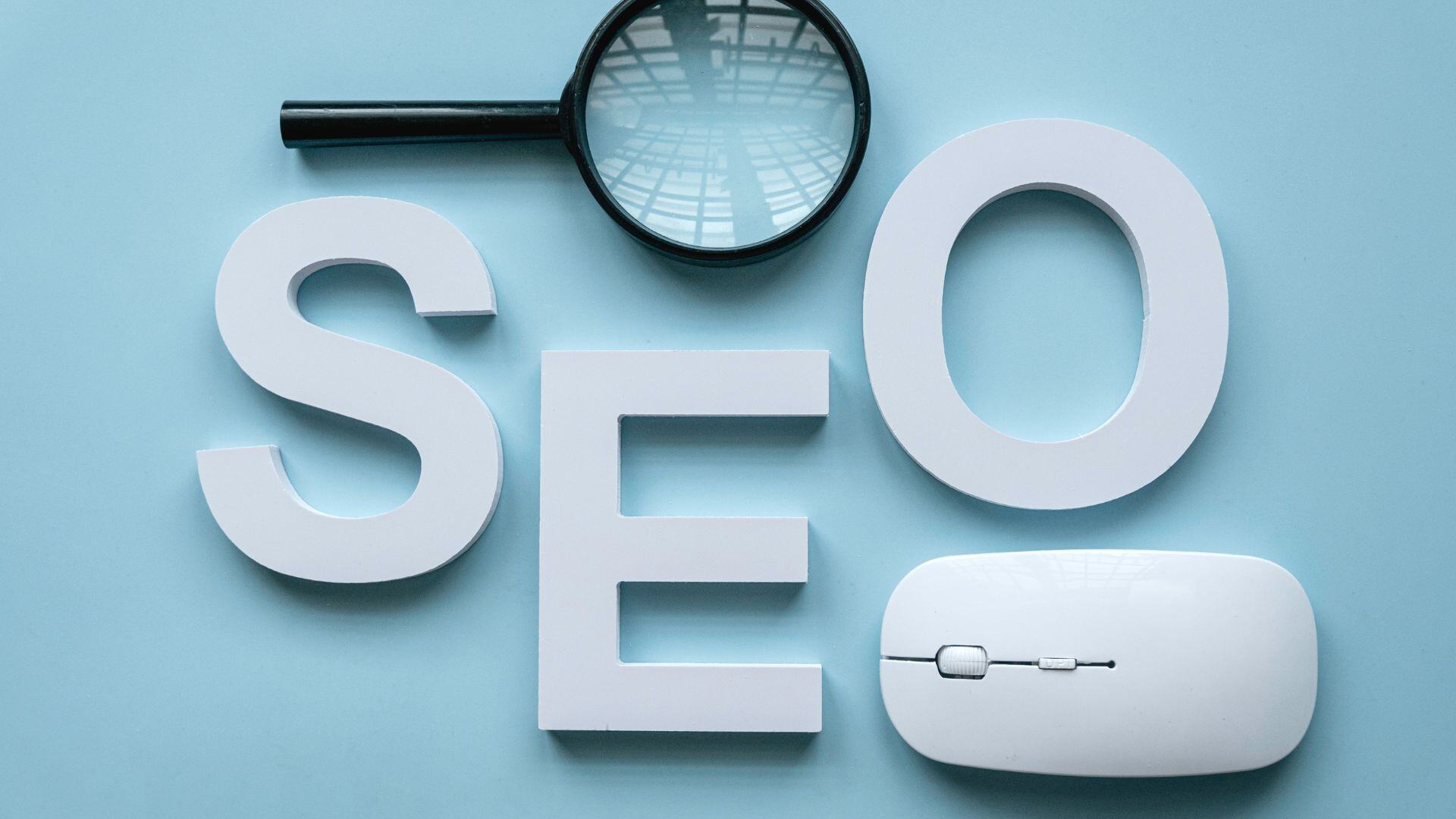Sales representatives spend, on average, about 18% of their time generating leads for their respective companies. This is nearly a fifth of all of their time working.
If you're looking to shrink the time that your team spends on generating leads, you've come to the right place. We know that lead generation is highly regarded as the most important marketing strategy for many businesses, and we want to help you rebuild and refine your strategy.
Keep reading if you want the complete guide to lead generation in the world of B2B marketing. It'll change the way that your company approaches the marketing strategy and give you more volume over time.
What Is a Lead?
A lead is any person, company, or other buying entity that shows interest in a business' product(s) or service(s). Most everyone has been a lead at some point in time. You could even be one right now.
Typically, businesses contact their leads after a lead has opened a line of communication. However, some businesses contact leads through cold emails or cold calls. The term "cold" simply means that the lead has never interacted with that business or entity prior to the communication.
Most leads prefer being contacted by companies that they have previously interacted with. This tends to be favored because leads usually give their information to the companies rather than their information being sold to the companies. The information that a lead provides can be their email, phone number, or even a social media handle.
Understanding and identifying your leads is important so that you can make sales to the right people. It also ensures that you're not missing any that may want to buy your products and/or services.
Types of Leads
When you're identifying your business' leads, it's important to understand what types of leads there are. Most companies identify and categorize their leads into three categories:
- Information-qualified leads,
- Marketing-qualified leads, and
- Sales-qualified leads
Each lead has been arranged based on that particular lead's place in the marketing funnel.
Information-qualified leads are those consumers who are at the very beginning of their buying journey. They have identified a product that they're interested in. In response to this finding, a business may offer relevant and useful information in exchange for that potential customer's email or phone number.
Marketing-qualified leads are those consumers who have shown interest in continuing with the company. At this point, the potential customer may be deciding if the business is or has the solution to a problem that they're having. This is when the business should be driving home the importance and usefulness to the customer, so that they want to buy.
Sales-qualified leads are those consumers who have shown that they're willing and ready to make a purchase. This is the point at which businesses need to wrap up and make a successful sale.
Knowing all of this information is crucial. However, generating leads for your business so that you can actually use this information is even more important. If you want to learn more about lead generation, keep reading.
What Is Lead Generation?
Lead generation is exactly what it sounds like. It's the process of generating a lead. It gets more complicated when you think about how you conduct lead generation.
Put more technically, lead generation is the process of building interest in a product or service for the very purpose of selling that product or service. Lead generation is a marketing tactic that all businesses use even if they aren't aware of it.
More recently, lead generation has become a mostly digital process. With several kinds of social media channels and a vast internet of information, businesses have found themselves using new strategies and techniques to bring customers in.
However, generating a lead has always been a lengthy process.
Lead Generation Process
No matter what channel potential customers find your product(s) and/or service(s) through, there is a basic process that each lead follows.
- First, the potential customer finds your company. This could be through a social media platform, blog, product, service, website, recommendation, or other means.
- Then, the customer clicks on a call-to-action button on your page or ad. This step is crucial to understand; you have to have a call-to-action, and the visitor has to click on it and follow through with the action. If the visitor doesn't heed to your call-to-action, the sales funnel ends here.
- If your visitor does click on your call-to-action, he or she should be taken to a landing page or see a pop-up. This page or pop-up should request some piece of the consumer's information, most popularly his or her email address, in exchange for an offer like an ebook. *NOTE: We say "should" because your company should have this chain of actions on its website; if it doesn't, you need to add them in order to bring in leads.*
- If the visitor finds your offer interesting or useful, they will fill out their information in exchange for the content you're offering. This is the point where that visitor/potential consumer turns into a lead.
To summarize, you generate a lead by gathering a piece of contact information from a visitor. To receive that piece of information, you'll need to offer something useful to the consumer. If they like what you're offering, they'll share their information, and you'll have a lead.
We may be making the entire process sound extremely easy, but it's not. Generating a lead is more complicated because you have to bring a customer to your page, offer something they'll like, and ensure that they'll give up the piece of information that you're asking for in exchange for that offer.
It can be quite daunting, but don't worry. You've come to the right place. We will explain how to examine your leads and share the best lead generation tips and strategies that your B2B company needs.
What Is Lead Qualification?
To determine if a lead is a good fit for their company, many businesses will go through a lead qualification process. Qualifying a lead means that you're determining whether or not this specific lead is likely to be a high-paying customer. You also want to identify if the lead is going to be a long-term customer.
Lead qualification in the B2B marketing space means that you're looking at leads to see if they're a good fit to be buying from your business. Let's look at exactly how to do that.
Qualifying a B2B Lead
As we said, B2B companies have to determine if their lead is going to be a good consumer for their business or not. You'll also want to find out if that consumer could be in a long-term relationship with your business.
1) Review the lead's customer profile.
When you're looking to determine whether or not another business is fit to buy from your business, you need to study their profile. Make sure that you're noting how big the business is, where they're located, and what industry they're in. If you're selling cooking supplies and your lead is in the technology industry, the potential for a sale is very low.
If you want to really know the customer, you can contact them and ask them a few more questions. You may ask what companies they've worked with before or what business challenges they're currently facing or want to avoid.
The more you get to know your lead, the better you can serve them. You'll know exactly what direction to point them in.
2) Understand the customer's wants and needs.
The key to understanding lead generation in B2B marketing is realizing that you're selling to a person. Yes, even if you're a business-to-business company, you're still selling to a person.
That individual person has wants and needs for the business that they're running. They may have sales goals that they want their company to hit, or they may want to expand their business.
Whatever their goals are, you need to understand them and see if and how you can help them achieve those goals.
3) Take note of the business' decision-making process.
In order to understand how you can help your potential customer, you need to understand how your potential customer thinks. You have to form your business into their decision-making process.
For example, a lead may list the pros and cons when making decisions. Help them get past the cons or offer ways of fixing those negatives.
4) Study your competition.
Your lead may have worked with one of your competitors in the past. You have to be able to convince your potential customer that you're better than your competitor and give reasons why.
If you don't understand your competitors' brands and selling points, then you won't have much of an argument in your favor.
By studying your competition, you'll know exactly what makes you stand out. This is what you can tell companies when they're interested.
Lead Generation Tips and Strategies
Now that you know more about defining a lead, getting a lead, and qualifying a lead, it's time to talk about marketing tips and strategies to make this process smoother and more successful.
1. Don't Leave Your Customers Alone
When your potential leads or current leads are perusing your website, they're going to have questions. Because of this, many companies offer a live chat feature on their website. However, the majority of these companies don't do it right.
Live chat needs to be exactly that: live. Your customers shouldn't be talking to a robot when they're looking into investing in your business.
Make sure that your chat is equipped with real, live people to answer questions and draw a potential customer into your product and/or service. Not only will they appreciate the interaction, but they'll also be more likely to make a purchase.
2. Switch Up Your Offers
No one wants a boring offer. You won't generate many leads with one either.
You need to switch up your offers. If you've been offering the same ebook for five years, put it in the archives.
Your website should be diversified with several different offers in different media forms. You may have an ebook for updated tips, or a video on how to fix something.
Make several different kinds of offers that your potential consumers can come across. You'll be more likely to pull in customers this way.
3. Paid Ads ≠ SEO
Many businesses think that they can get by on search engine optimization (SEO) alone. This isn't true.
Any time that you use a search engine, the advertisements are listed higher than the most optimized websites. The truth is that most people click the first search result, whether it's an advertisement or not.
What does this tell us? You should invest in paid ads. The traffic that your site gets could skyrocket simply because of your placement on a search engine.
4. Visitors Mean Nothing
Okay, well, maybe they don't mean "nothing," but you shouldn't be satisfied with simply having visitors. These visitors need to turn into leads to be advantageous for you.
Increasing the conversion rate from visitors to leads is going to be the key to growing your business. To increase conversion rates, you need to draw people in with offers, sneak peeks, and interactive content.
You may consider giving a visitor a free offer and having them exchange information for the rest of it. Many companies try different strategies and compare conversion rates to decide which one they'll use.
B2B Marketing From Now On
B2B lead generation comes down to one thing: the person you're selling to. Even if they work for a big corporation, you need to sell to that individual. Target every visitor, convert them to a lead, and then drive home the sale.
If you're looking to bring in more visitors and increase your conversion rate, we have plenty of growth-driven B2B marketing services that can help you reach your goals. Feel free to check out our services here and generate the most leads you've ever had.







